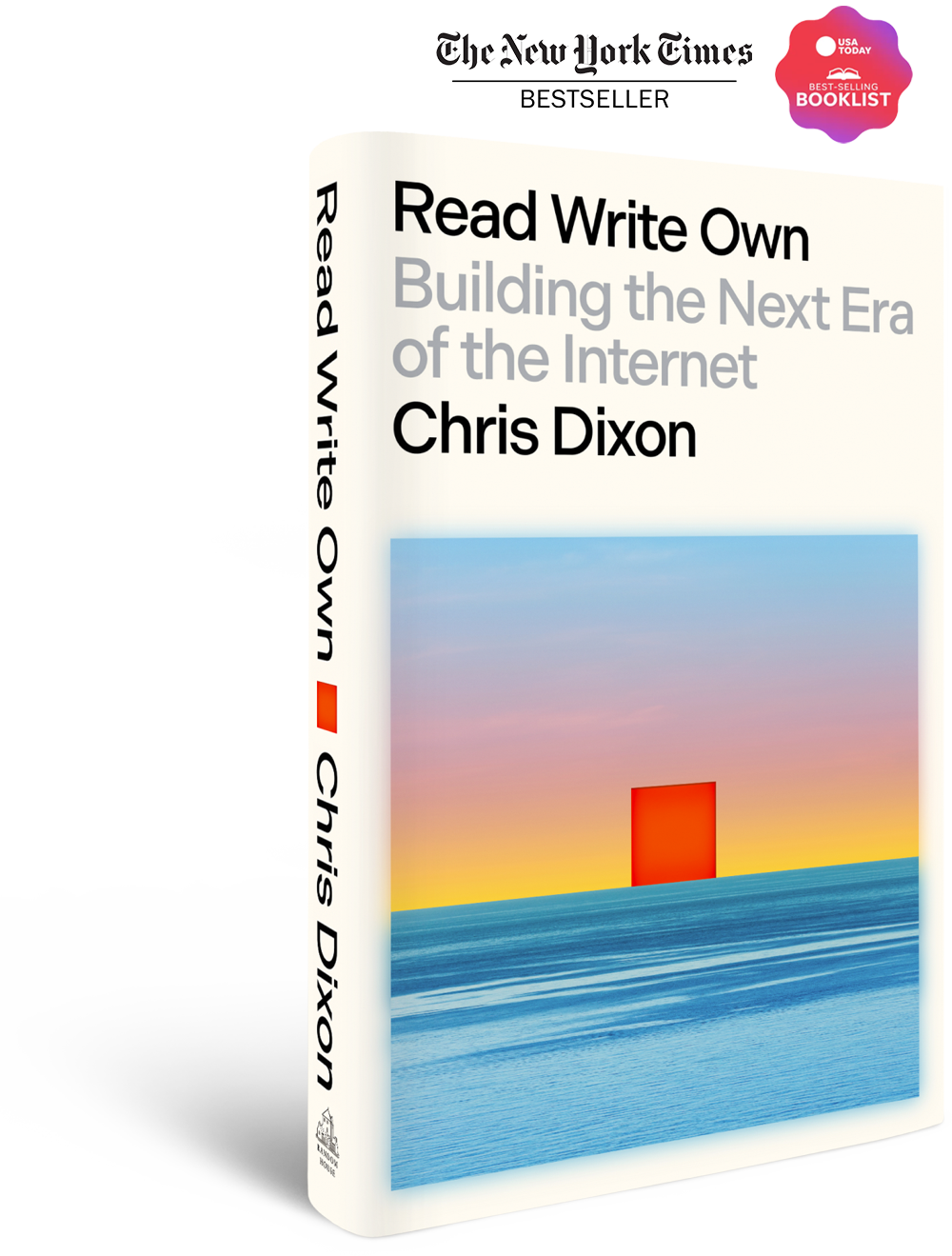
this interesting book have re-opened the question of evolution of internet & web.
It suggests that "blockchain" based signatures could enable "owning" content,
and escaping major "cut" by a handful of large "social web 2.0 corporations"
web3 name was briefly "captured" by crypto movement,
web 3.0 label was originally intended for "semantic web", 20 years ago
The evolution continues, and as usual the question is "what comes next" (except AI :)
proposed names: Web 4.0, then Web5
Thinking about the Concept of Web4: Agents augmented Liaison | by katoshi | Neo-Cybernetics | Medium
What Is Web 4.0? Worth Explaining Now?
Web4: Is the Crypto Space Moving on from Web3 Already? - DailyCoin
Web 4.0 - Intelligent Web - GeeksforGeeks
Web 4.0, also known as the “Intelligent Web,” is the next evolutionary stage in the development of the Internet. It is characterized by a shift from traditional static web pages to more intelligent, dynamic, and interactive web applications. Web 4.0 represents a significant step forward in the evolution of the Internet and the way we interact with it.Web 4.0 is expected to be driven by intelligent agents that are capable of understanding user preferences and providing personalized content and services. These agents will be able to learn and adapt to changing user needs, making the web more responsive and efficient. The ultimate goal of Web 4.0 is to create a web that is not only more intelligent but also more intuitive, user-friendly, and easy to navigate.
What Is Web 4.0: An Overview of the Latest Evolution of the Internet
EU strategy to lead on Web 4.0 and virtual worldsweb5 = web2 + web3
It is being developed by the financial company of ex-Twitter CEO, Jack Dorsey, and aims to provide complete decentralization and control of user data.
Web 5.0, also known as Internet 5.0, aims to establish an advanced web ecosystem that surpasses its predecessors in terms of operational paradigms. It serves as a breeding ground for the convergence of decentralization, blockchain, AI, IoT, and cryptocurrencies in their purest forms. The primary objective of Web 5.0 is to empower developers in building decentralized applications (DApps) with verifiable credentials and decentralized nodes. This ambitious endeavor seeks to shift ownership away from a select few industrial giants and place it back into the hands of users.
"You don’t own “web3. The VCs and their LPs do.
It will never escape their incentives. It’s ultimately a centralized entity with a different label."
allow you to have exclusive access to your data without the involvement of several other third parties, as in Web3. This characteristic of Web5 is referred to as the self-sovereignty of the user.
The decentralization of these nodes eliminates the need for other platforms, like Twitter or Facebook, which have access to your private and public information.
act as identity cards for you to operate the online version of yourself seamlessly. These identities are hence, generated by the user and are all unique to each person.
They work with verifiable credentials to allow you to identify yourself when necessary.
This is the only component of Web5 that comes in contact with a public blockchain, even though it does not need to be stored on the blockchain. DIDs vary in their levels of decentralization, depending on the public chain being used.
Web3 vs Web5:
Data in Web3 is stored on the public network using tools like the Interplanetary File System (IPFS) that you and other web users can access.
Web5 places this power in your hands with its use of DWNs. You store your data yourself and also get to decide what information is made public.

No comments:
Post a Comment